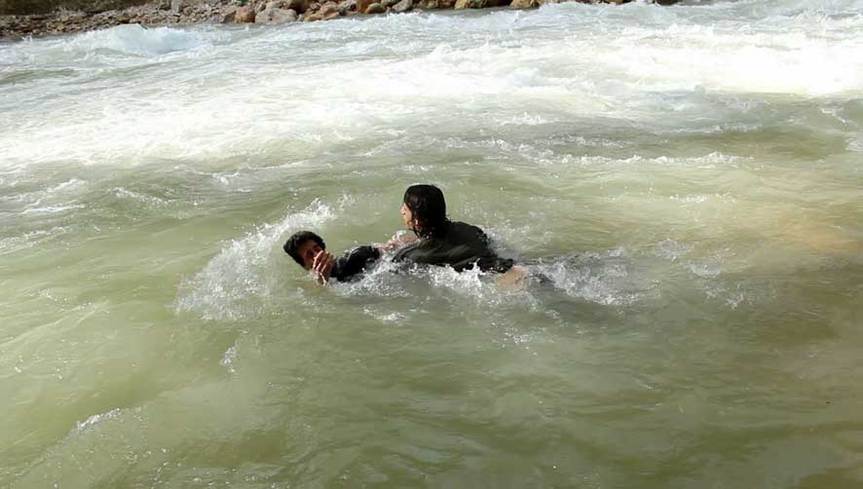
R
E
V N
E
X
T
Launched in 2011 by the Lebanese art association Ashkal Alwan, the Home Workspace Program (HWP) is an annual non-academic, non-degree granting educational initiative for emerging artists and cultural practitioners from Lebanon, the neighboring regions and the wider world. Dedicated to critical artistic research, practice and production, HWP has introduced a revolutionary, interdisciplinary approach in art education to the Arab world. Located in the industrial neighborhood of Jisr El Wati, the 2,000-meter, multipurpose facility (Home Workspace) that houses the program includes production and editing studios, performance spaces, auditoriums and a multimedia library.
HWP is a 10-month program that engages around 15 participants and is led by a rotating Resident Professor (RP) each year. The curriculum, set by the RP, comprises of lectures, workshops, seminars and studio courses, with a thematic focus, conducted by the RP as well as visiting artists, writers, filmmakers and curators.The 2011–12 inaugural program was headed by RP Emily Jacir, an internationally renowned Palestinian artist whose video, photography, intervention, installation, performance and sound work deals with issues of mobility (forced or voluntary), resistance, repressed historical narratives and the logic of the archive. The 2011–12 HWP focused on insurgencies, uprisings, legacies of post-colonialism, sites of trauma, repressed histories, tricksters, troubadours and strategies of dissent. Visiting professors have included: Franco Berardi, Alfredo Jaar, Willie Doherty, Hito Steyerl, Cesare Pietroiusti, Hassan Khan, Lina Saneh, Kamran Rastegar, Tony Chakar, Rami Daher, Jean Fisher, Akram Zaatari and Mirene Arsanios.
Taking the form of an exhibition accompanied by a program of screenings and performances, the Open Studios presented the work of the inaugural program’s 12 participants at the Home Workspace. The Open Studios was the culmination of the 2011–12 curriculum and occurred on July 18–31, 2012. The participants were: Mohamed Abdelkarim, Noor Abu Arafeh, Roy Dib, Maria Elena Fantoni, Sarah Farahat, Raphael Fleuriet, Saba Innab, Samar Kanafani, Mahmoud Khaled, Joe Namy, Haig Papazian and Tamara al Samerraei.
Ranging in their interests from representations of masculinity, violence and place to issues of absence and presence, the works as a whole explored processes—particularly processes of thinking—and attempted to unravel them by identifying or magnifying fissures between expectations and reality. Although of disparate quality, the presented projects hinted of promise for the participants, particularly in the works’ conceptualization, as well as the program’s potential for reinvigorating the arts scene in Lebanon.
All images, unless otherwise noted, are courtesy Houssam Mchaiemch.



